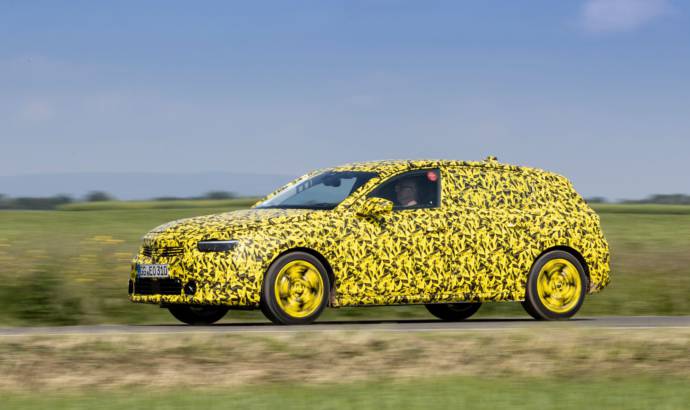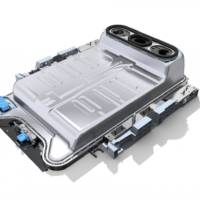Vauxhall is preparing the scene for the launch of its most important model in the range: the new generation Astra.
The All-New Astra is nearing completion of its test programme that has seen it head to the frozen arctic in the Swedish Lapland as well as undergo several laboratory, electronics and safety tests at Vauxhall/Opel’s Dudenhofen Test Centre in Germany. With the testing almost complete, the All-New Astra is one step closer to arriving in UK showrooms later this year.
With the All-New Astra, Vauxhall is demonstrating precision engineering in every detail and taking direct aim at the sweet spot of the compact market sector. The pure and bold design, new technologies and an exciting powertrain line-up – including plug-in hybrid electric drive for the first time – are set to make the All-New Astra a benchmark in its class.
Over the winter months, Vauxhall engineers took the All-New Astra to the freezing landscapes of the Swedish Lapland. With temperatures below -30oC, chassis experts turned lap after lap on the slippery surfaces of the specially prepared tracks, continuously optimising the electronically controlled systems for stability, traction and anti-lock braking. The objective of the All-New Astra is to always handle safely and consistently, regardless of the surface – be it ice, snow, slush or wet or dry asphalt.
During their stay in Lapland this year, Vauxhall’s chassis specialists were joined by colleagues from “HVAC” (heating, ventilation and air conditioning). One of HVAC’s goals is to make sure that the passenger compartment warms up quickly, with the team monitoring the new Astra’s engine heat rejection, coolant flow, heater core performance, and blower airflow, as well as the heated steering wheel and the heating of the front and rear seats.
The testing was also used to ensure the All-New Astra meets Vauxhall’s stringent in-house safety standards, which state that the frozen windows of any Vauxhall model must be clear of ice and fog in the shortest time to ensure safe visibility for drivers.
The pre-production cars used for these tests also had to meet high standards for high speed driving, with the All-New Astra required to remain controllable at speeds well above 80mph and stable under hard braking. The high-speed driving was also used to evaluate components such as the bonnet and windscreen wipers for noises and vibrations.
To ensure the All-New Astra can deal with the worst possible weather, it was also pushed to drive through a 25cm water trough to ensure the powertrain and electrical components are completely sealed and protected from water.
Further insulation tests were conducted at the Dudenhofen climactic chamber, with the new Astra subjected to sand and dust testing, while engineers were even able to simulate how swirling snow in front of the air intakes would affect cooling.
Source: Vauxhall





